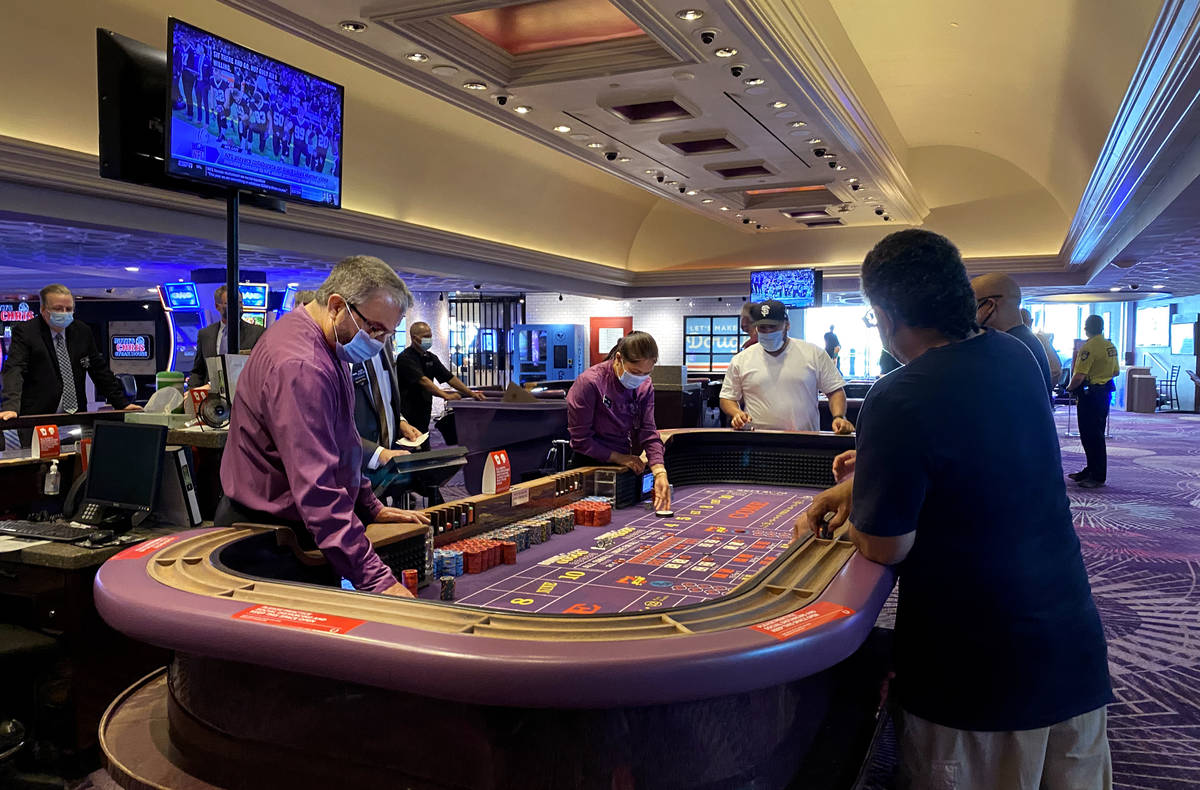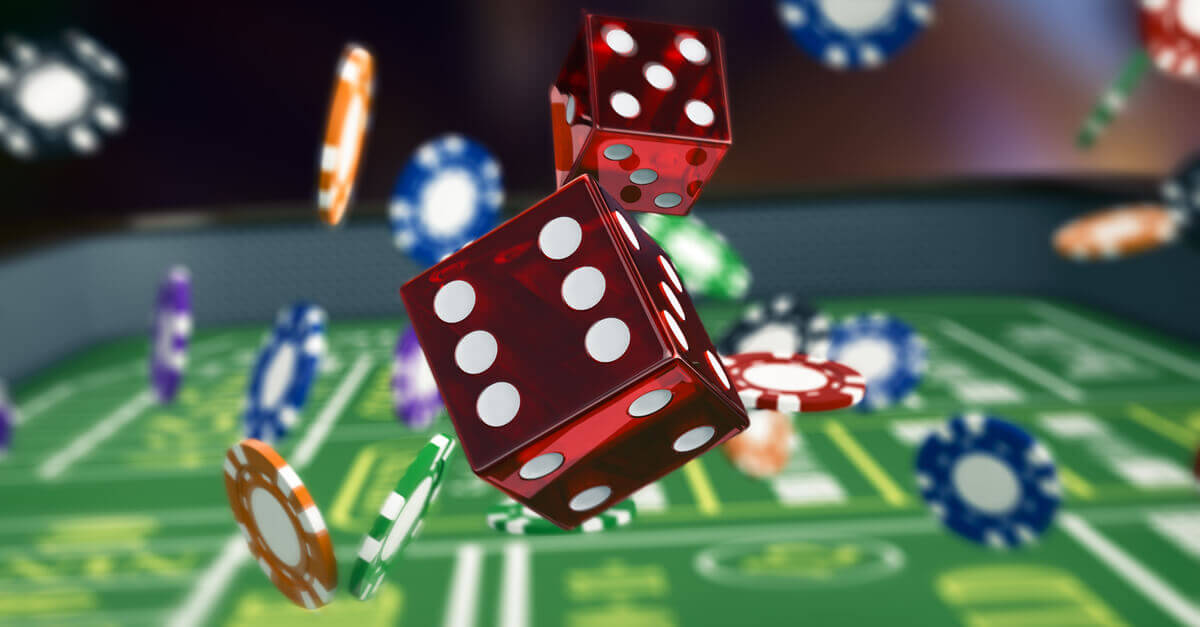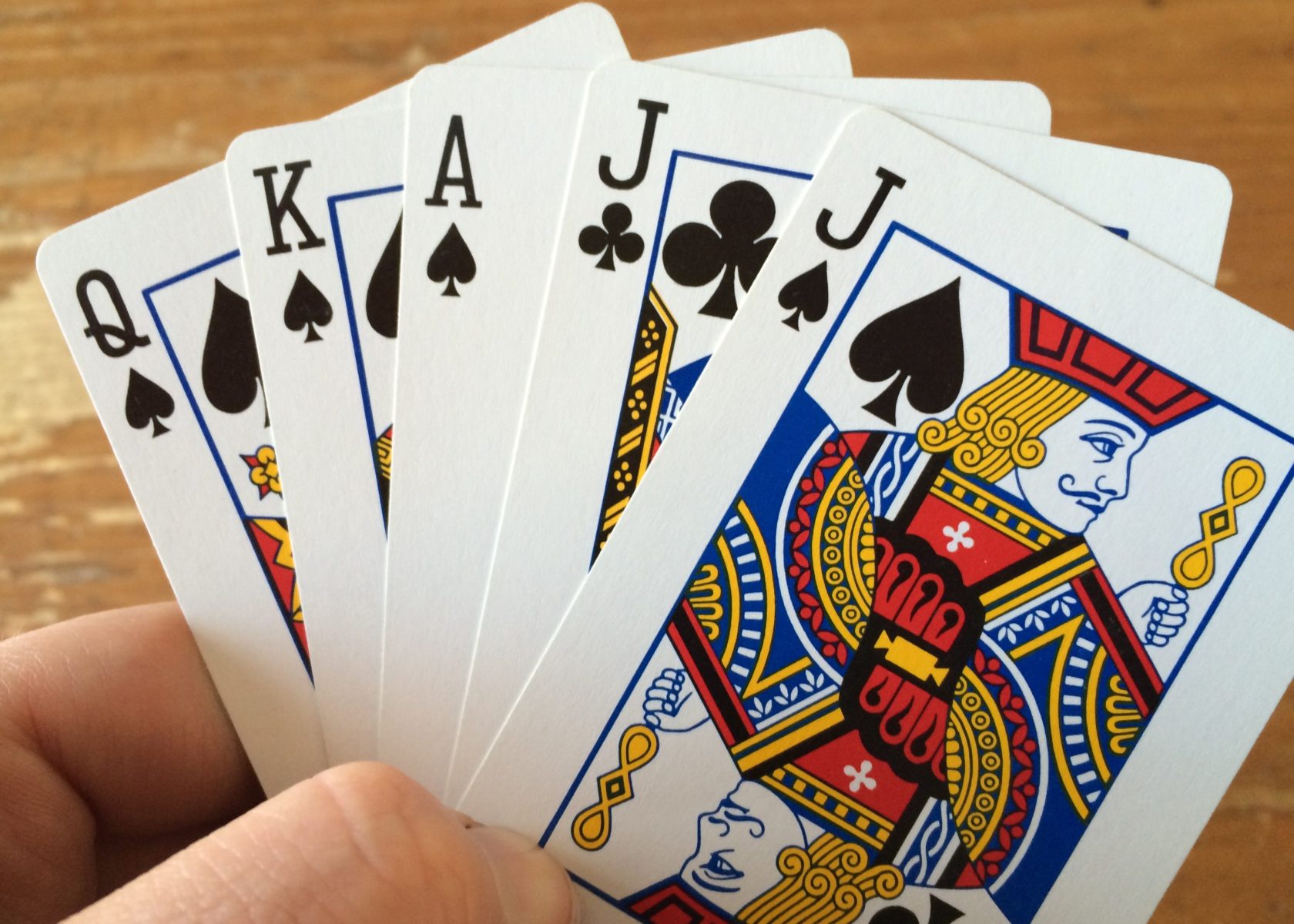How Do You Play Craps At The Casino
Posted : admin On 4/7/2022Before you throw you must place a bet on the pass line or don’t pass line (more on this later). An average speed at a busy blackjack table runs around 60 hands per hour, but the house expects about 100 decisions per hour at how to play craps at the casino craps. To understand how to play casino craps, a player first needs to understand the craps table personnel and where they are located. First Things First. You walk up to a craps table that’s just opened for action. A few other players join.
- How to play craps and how to win is explained by casino gambling expert, Steve Bourie, in this first part of a three-part series. Topics covered include: how.
- Craps is a dice game in which the players make wagers on the outcome of the roll, or a series of rolls, of a pair of dice. Players may wager money against each other (playing 'street craps') or a bank (playing 'casino craps', also known as 'table craps', or often just 'craps'). Because it requires little equipment, 'street craps' can be played in informal settings.
- Craps is one of the only games in the casino where a player is in charge of their own hand. Meaning, instead of you being dealt cards, you get to select and roll your own dice. The goal in craps is to predict how the dice will land. The table is played in rounds with two phases in a round; the come out and point.
I’ve written previous posts in this series about craps — that examined the staff at the craps table and the equipment used to play (the dice and the table). This post is the 1st one in which I discuss the nuts and bolts of how to play a craps game in a casino.
Part 3 of 6
- 1 The Craps Dealers and Other Staff at the Dice Table: Who’s Who
- 2 How the Craps Table Layout Works and How the Dice Work
- 4 The Best and Worst Craps Bets You Can Make
- 5 Craps Bets Ranked According to House Edge
- 6 How (and Why) to Act Like a Craps Player
I’ve seen other pages that explain how to play craps, and some of them are very good indeed. I hope, though, that this post will include a level of detail heretofore unseen on the internet as it relates to how to play craps.
First Things First
You walk up to a craps table that’s just opened for action. A few other players join you. Maybe a class on how to play craps just finished—casinos usually hold those earlier in the day and then open up a table immediately afterward.
You and your new companions will start by buying in. You’ll put cash on the table and get chips in exchange. Once everyone has bought in, the stickman will give the dice to the player on his left. Dice is like cards, by the way.
How To Play In Casino
If you don’t go broke 1st, you’ll get a chance to roll the dice, too. Don’t worry about that. You just have to wait your turn.
Also, you and the other players aren’t required to roll the dice. You can always pass on that, for any reason you want to. No one will give you a hard time about it, either.
The player gets to choose 2 dice from the 6 or 8 dice he’s given. Once she picks those dice up, the stickman puts the other dice away until there’s a new shooter. (They go in a dice tray.)
But the game still can’t start, because no one has placed a bet yet. Actually, though, at a real craps table, bets will have been made already. I just haven’t mentioned that yet.
Usually, players will start by making pass bets and don’t pass bets. You’ll see a lot more pass bets than don’t pass bets, too.
In this case, “pass” means for the dice to win. “Don’t pass” means for the dice to lose.
If you read my previous post about the table layout, you’ll already know where those bets go on the table. In fact, those are bets you can place on the table yourself, as opposed to some of the bets where the dealers have to place the bet on your behalf.
But you’re not limited to just those 2 options. You can bet on the field. You can bet on big 6. You can bet on big 8. You can even place a proposition bet in the center of the table.
One Roll Bets
It seems appropriate at this point in the discussion to point out the different kinds of bets available. Bets like pass and don’t pass are multiple roll bets. They stay in action as the dice are rolled repeatedly until they’re resolved.
The proposition bets, and some of the other bets, like the field bet, are one roll bets. These are bets made on the outcome of the very next roll. They win or lose based on what happens on that roll. They don’t stay on the table.
The Come Out Roll Is When the Action Starts
The 1st roll a new shooter makes is called “the come out roll.” If she rolls a 7 or an 11 on the come out roll, the dice win. Anyone who placed a bet on the pass line gets paid off at even money. Anyone who bet on don’t pass loses their bet, and their money gets collected.

But if the shooter rolls a 2, 3, or 12 on the come out roll, the pass line bet is an immediate loser. This is called “crapping out.” Those totals—2, 3, and 12—are “craps.” The don’t pass line, though, MIGHT be a winner.

Remember when I discussed the layout and how the don’t pass bet includes the words “bar 12” or “bar 2?”
This means that if the shooter rolls a 12 (or a 2, depending on what the layout says), the don’t pass bet doesn’t win any money. Instead, it’s treated as a “push” or a “tie.” You get your money back, but you don’t get any winnings with it.
Any other total sets a point. The possible points are 4, 5, 6, 8, 9, or 10.
If the shooter doesn’t set a point, she gets to keep the dice and continue to roll. It doesn’t matter if the dice won or lost on the come out roll. And any time the shooter hasn’t set a point, the next roll is always a new come out roll.

But if a point number has been rolled, the shooter keeps rolling until she either:
- Rolls the point number again. (In which case, the dice win.)
- Rolls a 7. (In which case, the dice lose.)
If the dice win, the shooter keeps the dice and continues to shoot. Also, the pass line bets pay off at even money.
If the dice lose, the next person to the left of the shooter gets a turn as shooter. Also, the don’t pass bets pay off at even money.
After this action is completed, there’s a new come out roll, regardless of whether or not there’s a new shooter.
That’s the basics of craps right there—the come out roll and whether the dice win or lose. Sometimes they win or lose on the first roll; sometimes there are subsequent throws which determine whether they win or lose.
But the other bets are whether the casino really cleans up.

Summarizing the Action
It helps to think of craps as being a game played in rounds. Each round starts with a come out roll.
The dice can win or lose immediately on the come out roll. If you roll a 7 or an 11, that’s an immediate win. If you roll a 2, 3, or 12, that’s an immediate loss.
Any other number sets a point. In that case, the shooter continues rolling the dice until she either rolls a 7 or the point again. If she rolls a 7 before rolling the point, the dice lose. If she rolls the point before rolling the 7, the dice win.

The pass bet pays off at even money when the dice win.
The don’t pass bet pays off even money (or pushes) when the dice lose. The only time it’s a push is when a 12 is rolled on the come out roll. (Or if a 2 is roller in a casino that says “Bar 2” instead of “Bar 12.”)
And that’s it.
Craps is a much simpler game than you expected, isn’t it?
The real wrinkles start when you look at the dizzying arrays of bets that are available to be made in the game besides the pass and don’t pass bets.
I’ll look at the available bets in the next post.
How Do U Play Craps At The Casino
Conclusion
Learn To Play Craps
A craps game starts when players buy in, place bets, a shooter is chosen, and then that shooter rolls the dice. The most basics bets in the game (the pass and don’t pass bets) pay off based on whether the dice win or lose, respectively.
You do, of course, have multiple other bets available on the table. Some of them are one roll bets, like proposition bets, while others are determined after multiple rolls.
This is the 3rd post in my series about playing craps. My next post will include details about how the other bets on the craps table work.